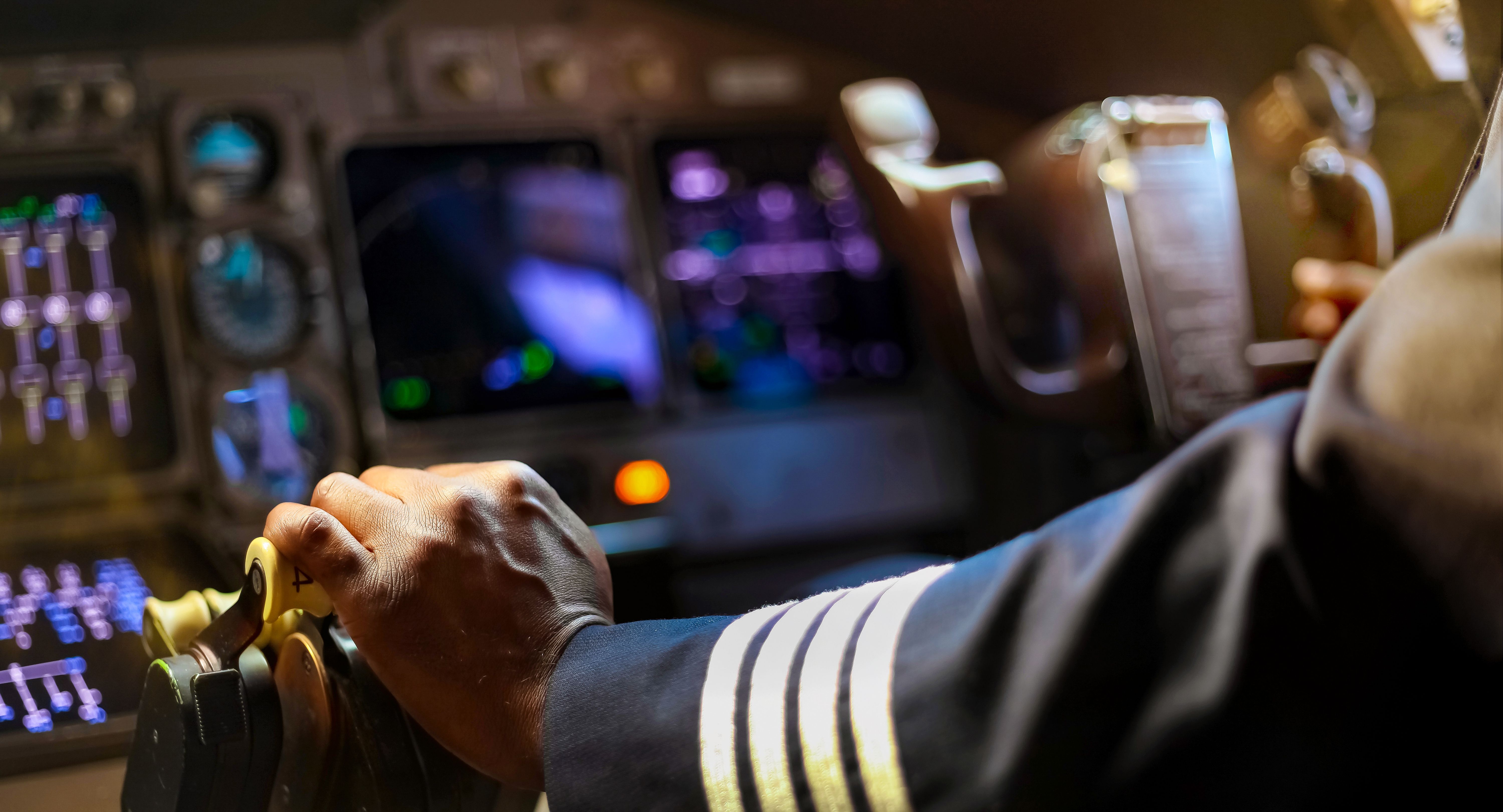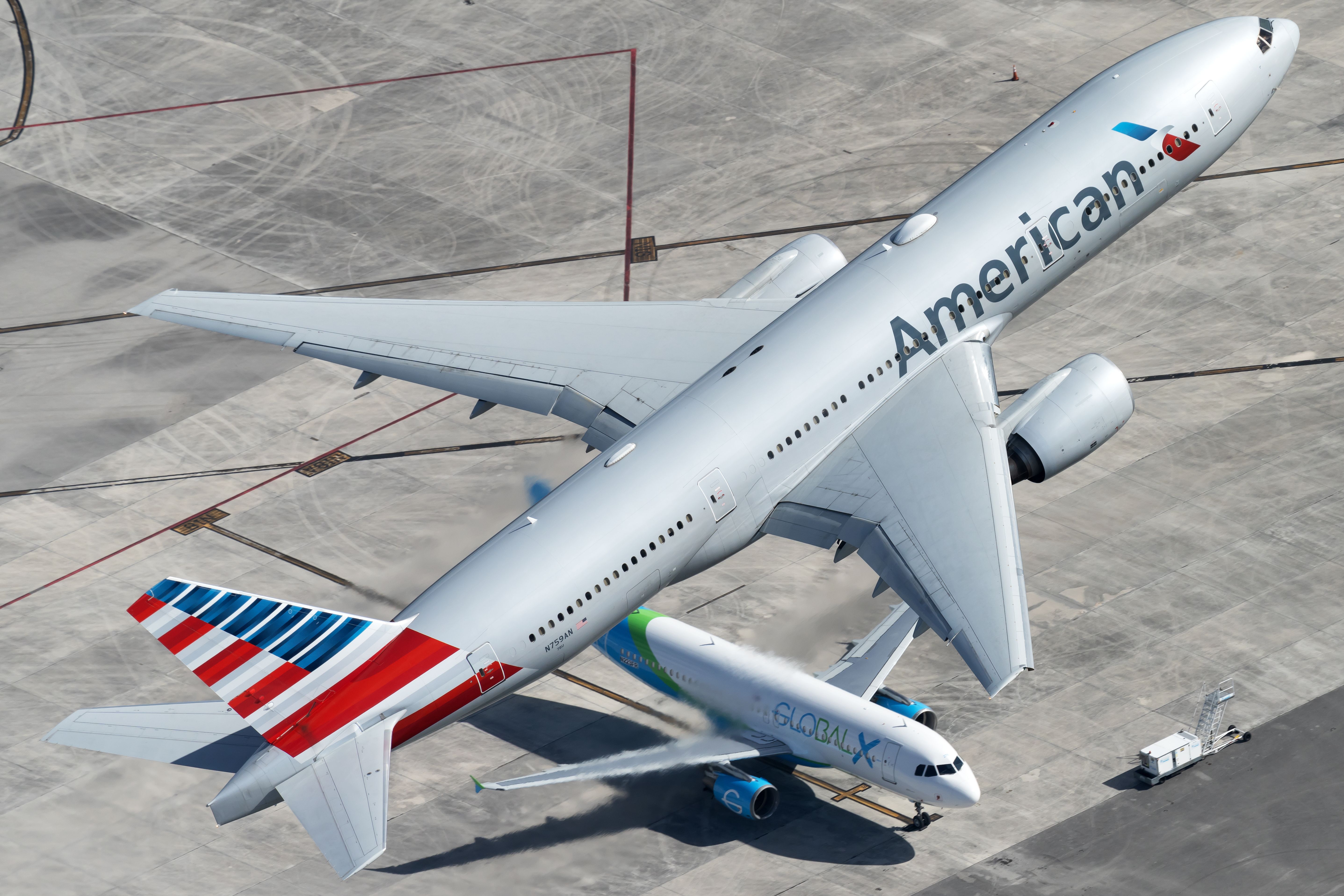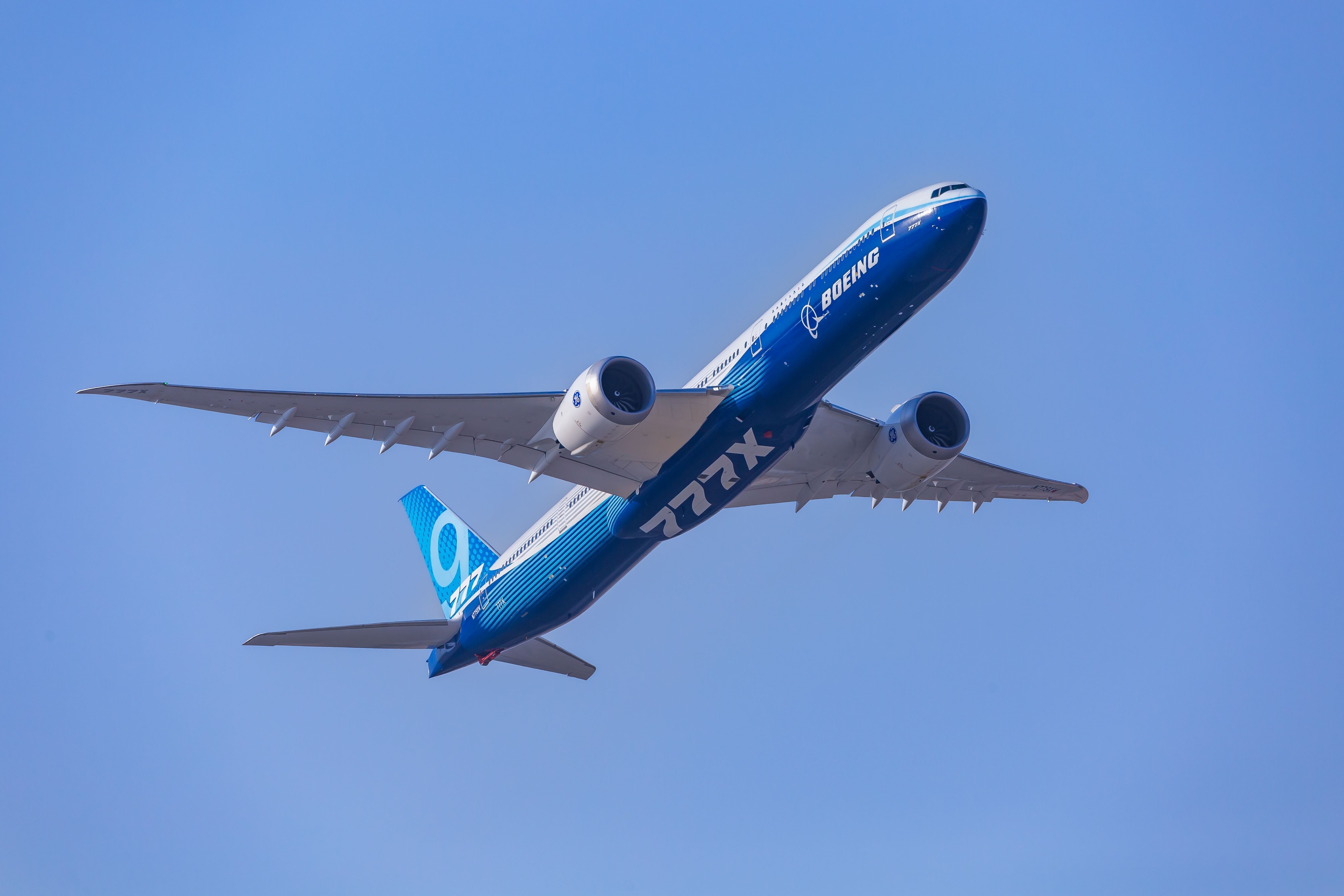A flight envelope, also known as a performance envelope, refers to the design capabilities of the aircraft. During various phases of flight, such as takeoff, climb, cruise, and landing, the aircraft goes through varying structural loads. Structural loads are a function of several parameters, including airspeed and altitude.
Aircraft operators must familiarize themselves with the aircraft’s flight envelope to ensure safe operations. An aircraft must operate within its designed flight envelope to maintain its structural integrity.
Determination of flight envelope
Aircraft constraint diagrams are developed during the design phase. Design engineers calculate limits for maximum speed, altitude, load factor, and maneuverability. The most critical parameters affecting the aircraft’s load factor are plotted on a flight envelope diagram.
The flight envelope diagram is typically expressed in terms of airspeed (V) and load factor (n), hence called the V-n diagram. The V-n diagram depicts the relationship between various flight parameters and the effects of airspeed and loads. The indicated airspeed is plotted on the horizontal axis, whereas the load factor is shown on the vertical axis.
Airspeed
Various airspeeds must be calculated and defined when determining the flight envelope. Typical airspeeds include stall, climb, cruise, and maneuverability speeds. The maximum airspeed that allows full maneuverability is a limiting factor for the structure and must be specified.
The aircraft structure must not be overstressed at low speeds, which may result in a stall before reaching the load factor limit. Structural damage may occur at airspeed more significantly than the maximum maneuverability speed.
Load factors
The aircraft structure is designed and manufactured to withstand the forces exerted in flight. Depending on the phase of flight, these forces may vary. As such, the load factor shows the relationship between the aircraft weight and lift generated by the wings. A static aircraft on the ground has a load factor of 1, with only gravity acting upon it.
The aircraft’s designed structural capabilities allow it to operate safely within the normal range. Within this range, load factors for normal stall speed, the maximum speed of climb, and cruise speed are determined. Greater load factors (positive or negative G forces) may lead to structural damage to the aircraft.
The maximum structural cruise speed determined by design is plotted. The maximum structural cruise speed is essential to ensure the structural integrity of the aircraft. A caution speed range is determined beyond the maximum structural cruise speed.
While the aircraft should continuously operate within its cruise speed limit, extraordinary events, like an emergency nose dive, may push it to the caution range. A never-exceed speed is determined where structural failure is expected to occur.
In the aftermath of emergency events, aircraft are inspected for structural damage or failure. Such events may result in permanent deformation of the primary structure. During normal operations, pilots must ensure that the aircraft always operates within the safe flight envelope.
What do you think about the aircraft’s flight envelope and its determination based on various flight parameters during the design phase? Tell us in the comments section.



